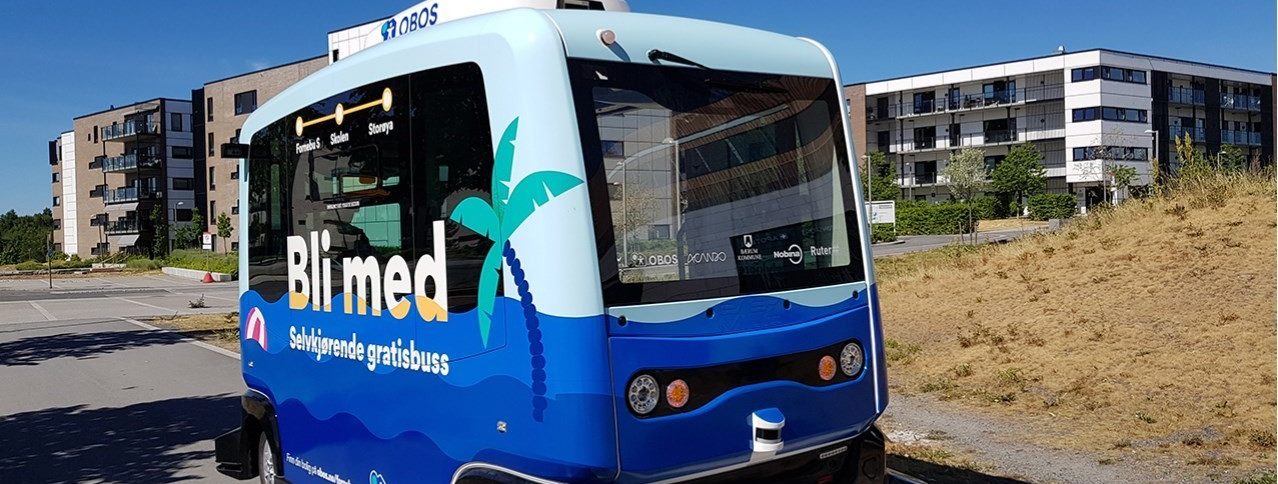User insight and observation of self-driving buses
More than 10,000 passengers tested free self-driving buses at Fornebu in the summer of 2018. Task conducted user surveys during the pilot phase, and the investigations indicated that many dangerous traffic situations arose. User insight and observation of self-driving buses revealed a critical need for improvement.
The pilot project was a collaboration between Obos, Acando, Nobina, Ruter, Bærum municipality and Task. The client wanted to find out how well the self-driving buses worked for passengers and in traffic situations during a test period. The surveys were conducted as a mix of quantitative user surveys by telephone and qualitative interviews onboard the buses, with the aim of helping the client identify further areas to focus on in the future.
The quantitative surveys showed largely positive attitudes and feedback from the residents of the municipality. The positivity increased as people got to try and see the buses in action. However, qualitative user insight provides deeper insight into challenges, and showed that the people who drove around in the self-driving buses became especially nervous when the bus did not react as they expected. This could have been due to the low speed the bus travels at, and the fact that they stopped and waited at intersections even though there may not have been any traffic. The qualitative feedback and observations have helped establish the client’s priorities for further testing of self-driving buses.
Method/instrument: Quantitative method, qualitative method, target group analysis, market research, user testing.

